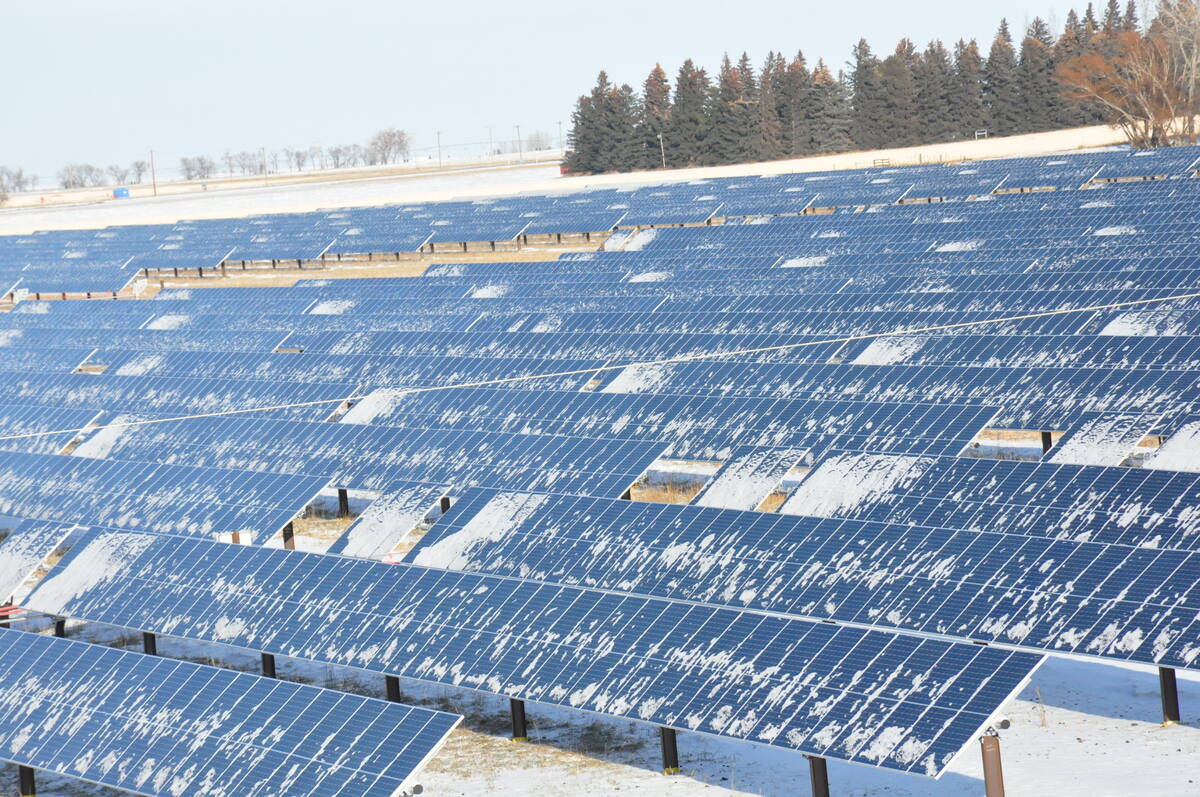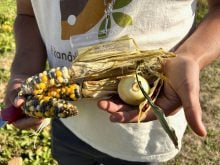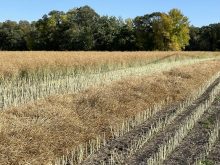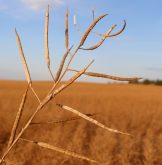Reuters – Analysts underestimated U.S. corn and soybean yields ahead of the U.S. Department of Agriculture’s November supply and demand update, though the increases from last month were slight and rumoured to be likely anyway.
But the trade still needs to jump through the final hoop on 2022 yields in January, often challenging in the case of corn.
The USDA on Nov. 9 pegged 2022 U.S. corn yield at 172.3 bushels per acre and soybeans at 50.2 bu./acre, landing above the respective trade estimates of 171.9 and 49.8, which were also USDA’s October estimates.
Read Also

Why agriculture is Canada’s energy ace
Why isn’t agriculture getting more play in Canada’s quest for efficient, renewable energy production? It should be
Chicago corn futures fell fractionally as a result, a relatively small move for November report day, though the contract hit two-month lows. Soybeans’ fractional gain was unusually light as well, the second-smallest for this report day in more than 15 years.
[RELATED] Opinion: U.S. corn market share threatened by importers and fellow suppliers alike
The trade has strong momentum in corn yield heading into January, having missed the actuals by an average of 0.2 per cent over the last four reports, by far the best since at least 2005. Soybeans have been trickier as trade guesses and yields deviated 1.5 per cent over the last four reports, equal to recent averages.
Analysts did a great job in January pegging the 2021 yields, but that is not always the case. Over the five reports from August to January, the trade’s January corn yield misses are typically second-largest after August. The largest January misses were most often overestimations in corn yield.
The trade is much more likely to get close on January soybean yield, as that month’s average misses are the smallest of the five, just ahead of October.
Aside from 2021, there were some large January misses on both crops in the prior years, aided by unusually large November-January adjustments. Corn yield in 2018 and 2020 were unexpectedly revised sharply lower in January, though the seasons were very different. The trade was also surprised by higher yields in 2019 following a poor growing season.
There is a very slight tendency for higher corn and soy yields in November to result in higher yields again in January, and vice versa, but the bias is probably too weak for reliability without additional statistics.
In the last 10 years, January corn yield was higher than in November three times (2012, 2017 and 2019). The 2017 yield was the record until last year, though the trade was absolutely not in that mindset throughout the season as crop conditions were low.
The November-January decade trend for soybean yields is evenly split five apiece, and both great and unsuccessful growing seasons sit on either side.
It is rare for U.S. corn yield to drop in November after falling in the previous three reports. The last instance was 1993. In 2012, yield fell in August through October as it did this year, but yield rose slightly in November 2012 and was up even more in January.
Differences are often subtle, but it is important to recognize that the January yields are not necessarily final, since USDA may adjust later. For example, the 2021 corn yield in January 2022 was 177 bu./acre, but that was amended to 176.7 in September after the final 2021-22 stocks review.
Everything discussed in this column considers the January numbers, not the eventual final yield.
Outside of U.S. production, November’s numbers were uneventful as 2022-23 Russia and Ukraine wheat and corn production and exports were all unchanged. Chinese corn, soybean and wheat imports and consumption were also unchanged despite demand concerns driven by mixed messaging on Beijing’s post-pandemic strategy.
USDA also made an early cut to Argentina’s upcoming soybean crop on a smaller harvested area, likely due to the persistent drought. The top soy product exporter is still in the earlier stages of planting.
– Karen Braun is a market analyst for Reuters. Views expressed here are her own.















